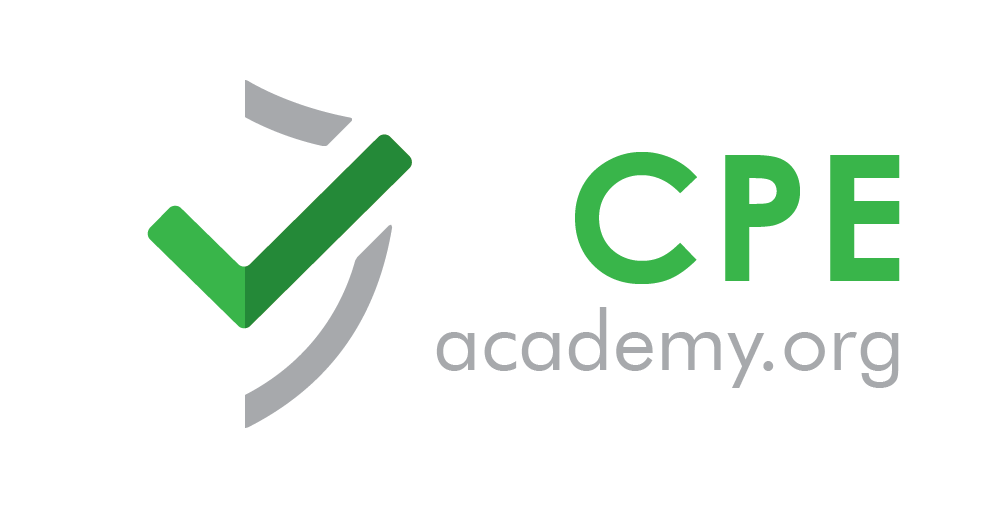
In today's digital age, the financial sector is experiencing a significant transformation. With the advent of online banking, mobile payment apps, and a surge in digital transactions, financial institutions have become attractive targets for cybercriminals. To safeguard sensitive financial data and maintain the trust of their customers, these institutions must prioritize security measures. One of the most crucial aspects of securing financial institutions is authorization. In this blog post, we'll delve into the critical role of authorization in securing financial institutions and explore why it is fundamental for their success.
The Basics of Authorization
Authorization, in the context of cybersecurity, is the process of granting or denying access to specific resources or actions based on the identity and permissions of the entity requesting access. In simpler terms, it's the gatekeeper that determines who can do what within a system or application. For financial institutions, authorization plays a pivotal role in maintaining data confidentiality, integrity, and availability.
Data Protection
Financial institutions handle a vast amount of sensitive customer information, including personal identification details, account balances, and transaction histories. Unauthorized access to this data can lead to identity theft, financial fraud, and reputational damage. Authorization mechanisms ensure that only authorized individuals or systems can access and modify this critical information. By setting strict access controls and permissions, financial institutions can minimize the risk of data breaches.
Fraud Prevention
Authorization goes beyond simply controlling who can access data; it also defines what actions users can perform. In the context of financial institutions, this means determining who can initiate financial transactions. Authorization policies can prevent unauthorized transfers, withdrawals, or other activities that could lead to fraud. For example, a bank can set rules to allow only the account holder or authorized personnel to initiate transactions above a certain threshold.
Regulatory Compliance
The financial sector is subject to stringent regulatory requirements, such as the Payment Card Industry Data Security Standard (PCI DSS) and the Sarbanes-Oxley Act (SOX). These regulations mandate that financial institutions implement robust security measures, including proper authorization controls. Non-compliance can result in hefty fines and legal consequences. Authorization helps financial institutions demonstrate compliance by ensuring that only authorized personnel can access and manipulate financial data, which is critical for audit trails and reporting.
Insider Threat Mitigation
Not all security threats come from external sources. Insider threats, where employees or trusted individuals misuse their privileges, can be equally damaging. Authorization plays a crucial role in limiting the scope of authorized users' actions, reducing the potential for internal abuse. By implementing the principle of least privilege, where users are granted only the permissions necessary for their roles, financial institutions can minimize the risk of insider threats.
Access Management
In a financial institution, employees often have varying levels of access to systems and data. Authorization systems help manage and enforce these access levels efficiently. It ensures that employees can access only the systems and data required to perform their job duties. This not only enhances security but also streamlines operations, as it prevents users from being overwhelmed with unnecessary access.
In an era where the financial industry is continually evolving and digital transactions are the norm, securing financial institutions is of paramount importance. Authorization stands as a linchpin in this endeavor, serving as the gatekeeper that controls access to sensitive financial data and transactions. Its role in data protection, fraud prevention, regulatory compliance, insider threat mitigation, and access management cannot be overstated.
To safeguard their operations and maintain customer trust, financial institutions must invest in robust authorization mechanisms. These mechanisms should be regularly reviewed, updated, and audited to adapt to evolving threats and regulatory changes. By doing so, financial institutions can uphold the highest standards of security while delivering seamless financial services to their customers. In an increasingly interconnected world, authorization remains the cornerstone of a secure and prosperous financial industry.
The Basics of Authorization
Authorization, in the context of cybersecurity, is the process of granting or denying access to specific resources or actions based on the identity and permissions of the entity requesting access. In simpler terms, it's the gatekeeper that determines who can do what within a system or application. For financial institutions, authorization plays a pivotal role in maintaining data confidentiality, integrity, and availability.
Data Protection
Financial institutions handle a vast amount of sensitive customer information, including personal identification details, account balances, and transaction histories. Unauthorized access to this data can lead to identity theft, financial fraud, and reputational damage. Authorization mechanisms ensure that only authorized individuals or systems can access and modify this critical information. By setting strict access controls and permissions, financial institutions can minimize the risk of data breaches.
Fraud Prevention
Authorization goes beyond simply controlling who can access data; it also defines what actions users can perform. In the context of financial institutions, this means determining who can initiate financial transactions. Authorization policies can prevent unauthorized transfers, withdrawals, or other activities that could lead to fraud. For example, a bank can set rules to allow only the account holder or authorized personnel to initiate transactions above a certain threshold.
Regulatory Compliance
The financial sector is subject to stringent regulatory requirements, such as the Payment Card Industry Data Security Standard (PCI DSS) and the Sarbanes-Oxley Act (SOX). These regulations mandate that financial institutions implement robust security measures, including proper authorization controls. Non-compliance can result in hefty fines and legal consequences. Authorization helps financial institutions demonstrate compliance by ensuring that only authorized personnel can access and manipulate financial data, which is critical for audit trails and reporting.
Insider Threat Mitigation
Not all security threats come from external sources. Insider threats, where employees or trusted individuals misuse their privileges, can be equally damaging. Authorization plays a crucial role in limiting the scope of authorized users' actions, reducing the potential for internal abuse. By implementing the principle of least privilege, where users are granted only the permissions necessary for their roles, financial institutions can minimize the risk of insider threats.
Access Management
In a financial institution, employees often have varying levels of access to systems and data. Authorization systems help manage and enforce these access levels efficiently. It ensures that employees can access only the systems and data required to perform their job duties. This not only enhances security but also streamlines operations, as it prevents users from being overwhelmed with unnecessary access.
In an era where the financial industry is continually evolving and digital transactions are the norm, securing financial institutions is of paramount importance. Authorization stands as a linchpin in this endeavor, serving as the gatekeeper that controls access to sensitive financial data and transactions. Its role in data protection, fraud prevention, regulatory compliance, insider threat mitigation, and access management cannot be overstated.
To safeguard their operations and maintain customer trust, financial institutions must invest in robust authorization mechanisms. These mechanisms should be regularly reviewed, updated, and audited to adapt to evolving threats and regulatory changes. By doing so, financial institutions can uphold the highest standards of security while delivering seamless financial services to their customers. In an increasingly interconnected world, authorization remains the cornerstone of a secure and prosperous financial industry.

